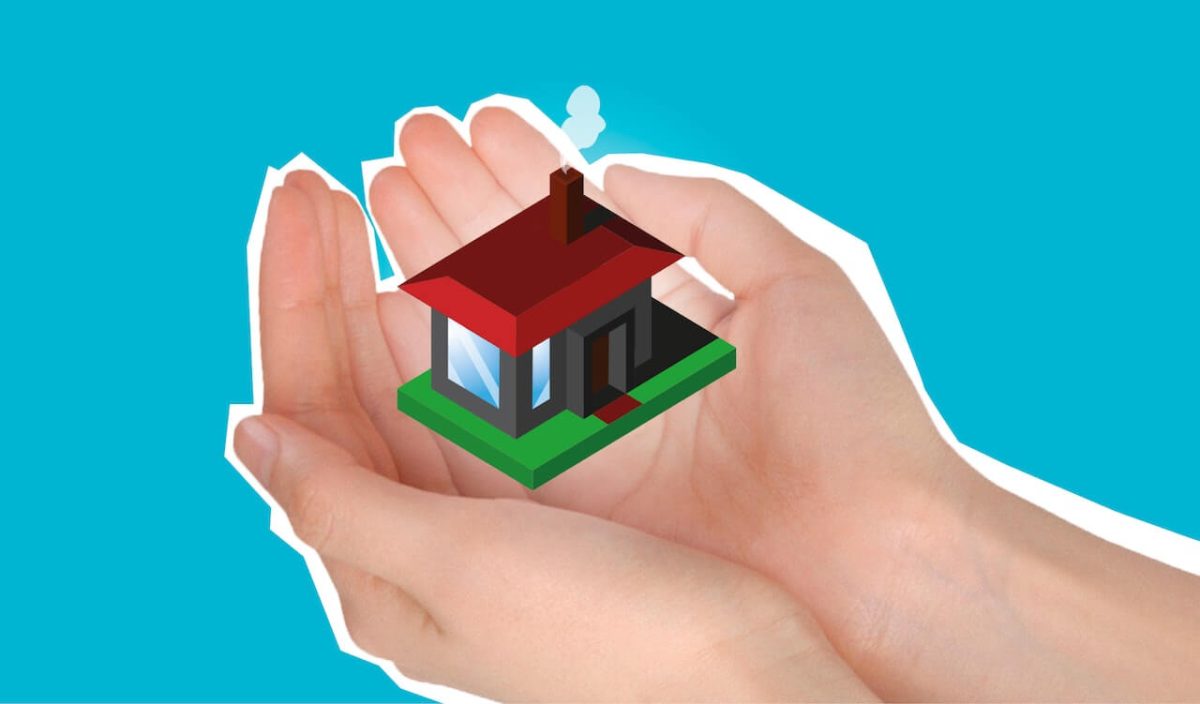Whether your home needs significant repairs or no longer suits your lifestyle, starting from scratch can be daunting. Perhaps you’re a first-home buyer looking for an easier way to enter the market. You’ve found a location you love, but there’s a shortage of housing stock or land on the market.
Depending on your circumstances, a knock down rebuild can be a cost-effective solution to both problems. But where can you find the money to rebuild once you’ve knocked your house down? Fortunately, there are several ways to finance a knock down rebuild without breaking the budget.

Key Takeaways
- Use online calculators to estimate how much you will need for your project, from demolition to construction
- Look into types of loans to finance your project, but also be open to alternative solutions
- Research the requirements for funding before you approach a banking corporation or smaller lender
- Look for any opportunity to save money where you can, including selling off fixtures from your old home
How much does a knock down rebuild cost?
The cost of a knock down rebuild will depend mainly on the materials you select and the size and style of your new home, but it can range from $500,000-$800,000 to build again. As a ballpark, demolishing your old home is usually about $40,000. But this depends on the factors such as the presence of asbestos and access to your block. You may also require earthworks and retaining walls if you choose to level a site, and you will probably also need to add the cost of fencing and landscaping to your total.
A handy way to gauge the capital you require is to use an online calculator, such as Cordell Sum Sure, to generate an estimated rebuild cost. Similarly, you can calculate how much it will cost to demolish your existing home by using the figures in this article.
For other things you need to consider, read Everything you need to know about knock down rebuilds.
Traditional financing options
Using the equity in your investment
If you’ve lived in your home for some time, you may be able to use the equity in your home or land to fund major renovations or a knock down rebuild. Equity is the difference in the value of your property and how much you owe on your mortgage.
Your bank or lender will often let you use a line of credit to finance your new build, but how much they will lend you depends on whether you are willing to take out lenders’ mortgage insurance (LMI). You’ll generally need LMI where there is a loan-to-value ratio (LVR) of 80% or more following a bank’s valuation of your property. You may also consider refinancing at this time to get the best interest rate you can find. However, this means satisfying lending criteria, and banks will factor in any debt you may have accumulated since taking out your original loan.
While your bank or lender sets your interest rate, repayments can also be reliant on the growth of Australia’s economy. To secure an equity loan, you must prove to your bank that you can still cover the debt should interest rates rise.
One pitfall of this option is that you will be paying interest when you agree to the increased loan. This differs from a construction loan (see below), which allows interest-only payments until the build is complete.
Construction loans
A construction loan is a great way to fund a renovation or rebuild if you plan to live in the home or keep it as an investment. This type of loan allows you to fund your build with progress payments released to your builder after each stage of construction is completed. In most cases, the loan repayments are interest only during construction. Once the build is complete, your loan is converted into a regular home loan.
Most banking institutions and lenders will need you to have a building contract signed with a licensed builder before you apply for a construction loan. Your builder will also need the correct insurance, and your building plans will already have council approval.
The main risk with a construction loan relates to your building company. Your builders must also prove to your lender they are in a strong financial position and haven’t overstretched themselves.
Alternative financing options
Subdividing land
To be viable for subdivision into two or more lots, your block of land will need to have enough space to allow access to the other lots and it will need to meet your local council’s minimum lot size. It will also need to comply with local zoning laws and be able to be connected to services such as water and gas.
However, not every dollar you earn from the sale of your land will go towards rebuilding, as the cost of subdividing can set you back between $40,000 and $60,000 in fees and charges. If you have a very large parcel of land, subdividing may also reduce your property value.

Government grants and incentives
First-home buyer grants and schemes are available at both a state and national level to help first-time home buyers or first-time home builders enter the property market.
At a federal level, this includes the Help to Buy Scheme, a shared equity program for new and existing homes and also the Home Guarantee Scheme.
Many states also offer a First Home Owners Grant to help Australians realise the dream of owning their own home. Check with your state authority to see if you are eligible.
More tips to save money during your knock down rebuild
Keep the price of rebuilding down by compromising where you can and consider if it’s adding to your property value in the long run. For example, a media room might seem like a good choice, but is it something you can afford to spare the funds for? It’s important to choose a home design company that won’t charge you for changes to the plan if you’re wanting to customise your floorplan. You may also opt for less expensive fittings and finishes and reuse your old furniture to save money.
Another way to save on a knock down rebuild is to sell off building materials or unique features from your old home. Even mature plants can be sold to bring in extra cash.
Acommodation during building is another area you can consider saving money. Staying with friends or family during construction is something worth considering when you factor in how much money it could save you in rent for another dwelling. Alternatively, if you are able and your local council allows it, you might even consider living on site, in a granny flat or similar.
Weigh up pros, cons and costs of a knock down rebuild
Keep in mind the prices here are just a guide. The cost of a knock down rebuild will depend on the condition of your current home and site, and what you plan to replace it with. This is why it’s important to consider the financing options as early as possible in the process.
The team at Vision Homes can help homeowners and investors assess their properties and work out if a knockdown rebuild project is the best option to help them meet their objectives and get the home of their dreams. For more information, give a Vision Homes knock down rebuild specialist a call today!

